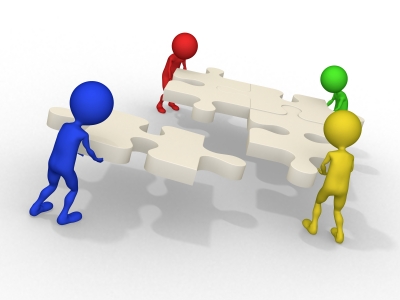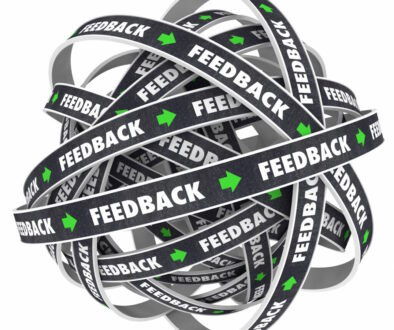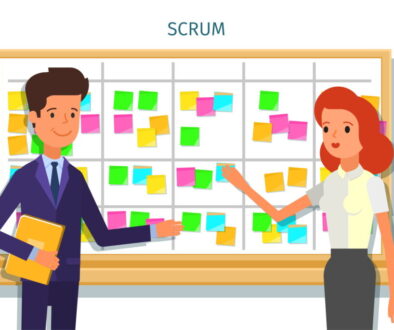Who is the Product Owner?

The Product Owner. Part of the team; apart from the team. The final answer to the question “what?” The primary respondent to the question “why?” She knows what the users want. He understands what the users need.
The Product Owner (PO) has a great amount of power. (And responsibility – “With great power comes great responsibility.” – Stan Lee via Uncle Ben) The PO ensures the Development Team produces value. In scrum the PO is the keeper of the Product Backlog. The PO is one person. The PO is the final authority for the product. The PO role is not to be taken lightly. It must be given to the proper person. Who that right person is depends on a lot of factors.
The PO really needs to know the product. They are the final authority when it comes to the product backlog. To do this they should have a solid understanding of what the product users need and want. They also need to know the value proposition for the organization. The users want or need certain functionality. If that functionality has to high of a cost for the value added then the PO has to be able to say no. Any item in the backlog has to be prioritized in terms of the users, the organization, and the development team. This is the PO’s responsibility. They take inputs from each of these units. They may even delegate work and decision-making. At the end of the day the PO needs to approve or deny the product backlog and any changes to it.
The PO needs an ability to communicate with the team, the users, and the business. They will be the teams main point of contact. They will represent the users and business to the team. This doesn’t mean the team cannot interact with the users and/or the business. It means that the PO is responsible for the interactions. The PO also has high availability to the team. It may take a couple of days to get together with users for a Q&A session, but the PO should be available on short notice.
The PO drives value, but not the team. The PO is in charge of maximizing value from the Development Team. It is important to remember that this Development Team is a self-organizing, cross-functional group. Within that team they have all the resources and abilities needed to turn the product backlog items into value. The PO doesn’t direct that team, but instead presents the proper items to the team for maximum value. The PO then works with the team in understanding the items to properly deliver the best value.
The PO is not a committee. There may be a group informing the PO on behalf of the users, business, or development team. None of those groups, together or individually, is the PO. The PO is the one person they all interact with. This prevents decision deadlocks from conflicting interests in product development.
The PO needs to be given the proper power by the organization. The organization needs to respect the PO’s given power. There needs to be trust that the PO will do whatever they can to deliver the most value in the shortest time. If the PO says something a group in the organization wants to add to the backlog will not happen, the organization as a whole needs to support that decision; even at the expense of that group.
Who should be a PO? A lot of people can fit one or more pieces of the PO puzzle. In every case there are trade-offs. Some organizations will put that responsibility on an executive sponsor of a given product. In these cases the work of PO is usually filled by one or more people with the executive maintaining sign-off power. In other cases a Project Manger will also be the PO. Since the PM is generally aware of what the organization wants and is willing to put in to get it they are a pretty good place to put the decision-making. They are also traditionally the ones that managed tasks, so they may get too involved in the development teams work. In some cases either a lead developer or a business analyst will become the PO. They have great knowledge of the product and/or the user. Depending on the organization there is a risk of them not getting the trust and support from above they should have in the PO role. The best solution is to have a dedicated PO fill the PO role.
How the PO role works is more important than who it is. It cannot be more than one person. Our team maintains a shipping and receiving application with many user groups. If the “PO” was a team represented by one person from each group there would never be consensus about what needs to be done next. Even with them simply informing the PO we sometimes struggle to get input from certain user groups. The person in the PO role has to be given the trust and power to direct the product and inform the development team. It will be no good for anyone involved if a VP is regularly coming in and telling the development team to work on something other than what is on the top of the backlog. Finally, the PO does not run the development team. If the PO is directing the team in how to deliver the value identified in the backlog they are not just a PO, they are a team lead and manager as well. At that point the team is not Agile. The benefits of Agile: rapid realization of value, rapid feedback, sustainability, and increasing value delivery are all now in jeopardy.
On our team the PO role is filled largely by the Project Manger. On some of our smaller products she has passed that responsibility off to one of the Business Analysts on the team. She takes direction from the executive team. She takes input from the various user group team leads. All of this allows her to create a priority list for multiple products together. Her close interaction with our team allows us to inform her decisions as well.
Do you have a dedicated PO? If not, who fills that role on your team?




